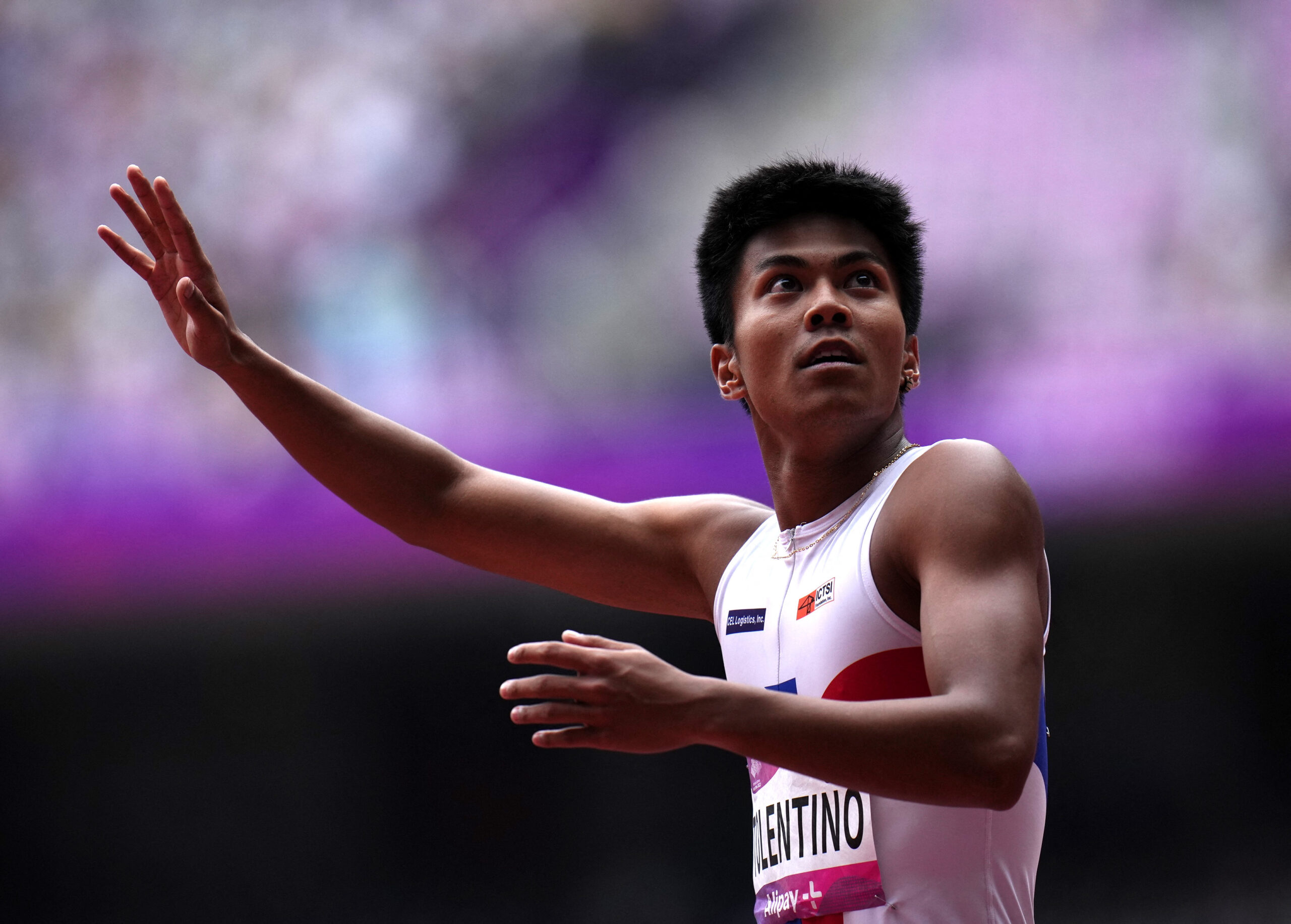
The Science Behind Boxing Gloves: How They Protect Fighters and Reduce Injury
Jody
- 0
Boxing gloves are a crucial piece of equipment that protect fighters and reduce the risk of injury during training and competition. While they may seem like simple padded gloves, the design and construction of boxing gloves are based on scientific principles that help absorb impact and protect the hands and wrists of fighters.
One of the main functions of boxing gloves is to distribute the force of a punch across a larger surface area. When a fighter throws a punch, the impact forces are spread out over the padded area of the glove rather than being concentrated in one spot on the hand. This helps to reduce the risk of fractures, dislocations, and other hand and wrist injuries.
Additionally, the padding in boxing gloves is specifically designed to absorb and dissipate the impact forces of punches. Most boxing gloves use layers of foam padding, which can vary in density and thickness depending on the type of glove and the level of protection needed. The foam padding helps to cushion the impact and minimize the transmission of force to the fighter’s hand and wrist.
In addition to protecting the hand and wrist, boxing gloves also provide a level of protection for the head and face of the opponent. The padded exterior of the glove helps to minimize the severity of blows and reduce the risk of cuts, bruises, and other facial injuries.
The size and weight of boxing gloves also play a crucial role in protecting fighters and reducing injury. Heavier gloves offer more protection and help to slow down the speed and force of punches, while lighter gloves provide less protection but allow for faster and more agile movements. The weight and size of the gloves are carefully regulated in competition to ensure a level playing field and to prioritize fighter safety.
The design and construction of boxing gloves are constantly evolving as new materials and technologies become available. Advancements in materials such as gel padding, multi-layered foams, and impact-absorbing polymers have improved the protective qualities of boxing gloves, making them more effective at reducing the risk of injury for fighters.
While boxing gloves are designed to protect fighters and reduce injury, it’s important to note that they do not eliminate the risk of injury altogether. Proper technique, training, and protective equipment are all essential in ensuring the safety of fighters in the ring. As with any combat sport, it’s crucial for fighters to prioritize safety and to always train and compete under the supervision of qualified coaches and officials.
In conclusion, the science behind boxing gloves is focused on protecting fighters and reducing the risk of injury. The design, construction, weight, and materials of boxing gloves are all carefully considered to provide maximum protection while allowing for effective and agile movement. With continued advancements in technology and safety standards, boxing gloves will continue to play a vital role in ensuring the safety and wellbeing of fighters in the sport of boxing.


